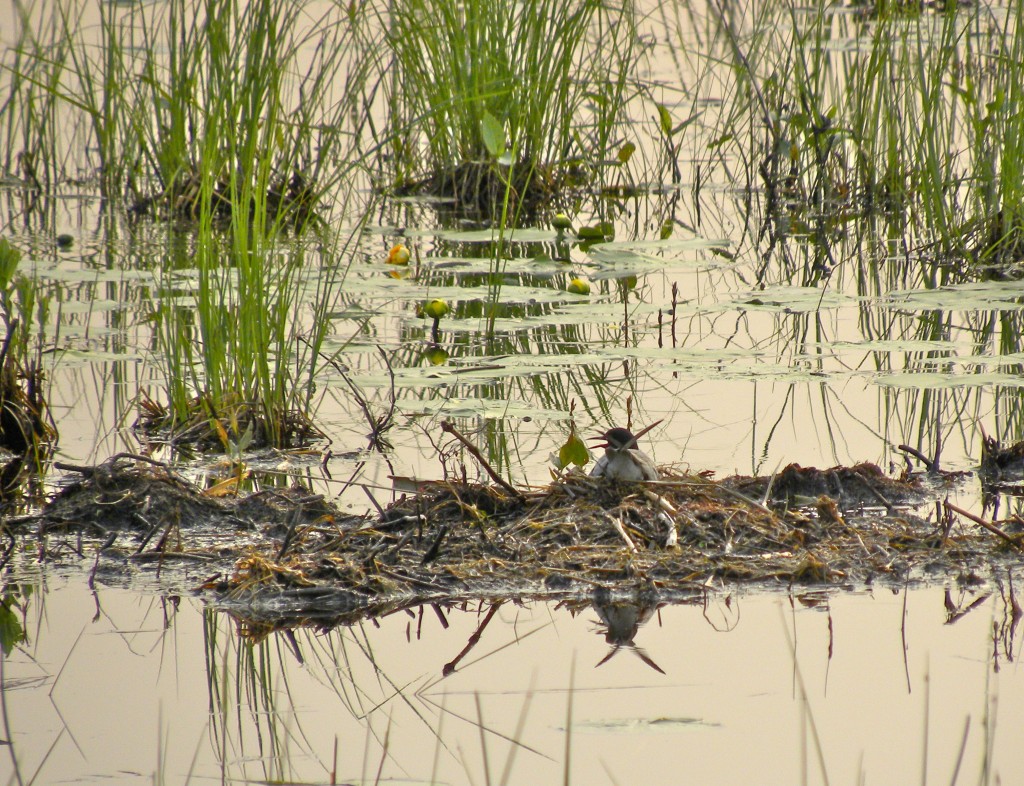May, June & October. Heading north on Interstate 17 from Phoenix is a fascinating if occasionally propulsive drive. As you leave the great sprawl of Phoenix the desert landscape is punctuated by Saguaro cacti, hundreds of them, most of them stately and senatorial. You get so used to them as you head into the mountains that almost without you noticing, they become fewer and fewer; and then they’re gone. It’s on the return journey that you start to notice them again because now they’re special.
And that’s the way it’s worked for many bird species. Birds that are commonplace gradually dwindle, hardly anyone notices until they’re gone. Then years later one reappears and we celebrate. Take the Black Tern.
In my old diary of notable sightings, for four consecutive years,1981 to 1984, I noted the return of Black Terns, all around the 7th to 10th of May . It was remarkable because their pond was a stranded remnant of an old marsh that had the misfortune to be obliterated by a major highway. River valleys and frequently by extension, marshes make popular routes for highways, much of the hard work of cutting through hills and leveling the land has been done by the river.
Birds of Hamilton and Surrounding Areas by Robert Curry, my best reference book for local bird records, states that 1989 was the last nesting at the site where I was seeing them. Curry writes: “There were only one-third as many Black Terns in North America in the early 1990s as in the late 1960s. The loss of wetlands, both for breeding and as migration stopovers, has been the major cause of the decline. Other factors may include the effect of pesticides on insect foods and declining numbers of small pelagic fish, the birds’ preferred food on the tropical ocean wintering grounds off the South America coast.” They’ve gone from many once reliable breeding sites in this part of the world, and it’s a sad loss.
I watched a Black Tern in October of 2011 in Smithers British Columbia. It was a long way away, swooping and hunting over a large lake, flitting erratically then diving in large dipping arcs to touch down and pick a morsel from the lake. It made my blog entry but was upstaged as my Bird of the Day by a Western Grebe.
In June that same year, at a large marsh on Lake Erie where Black Terns are still found, I was shown one on its nest. Although I wasn’t keeping these records then, I remember the thrill, it was best bird of the day. They’ve gone from being a reliable migrant nesting species to a rarity in a generation; and regrettably I’m discovering my diary has many more just like it.
